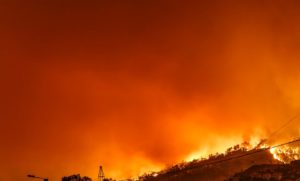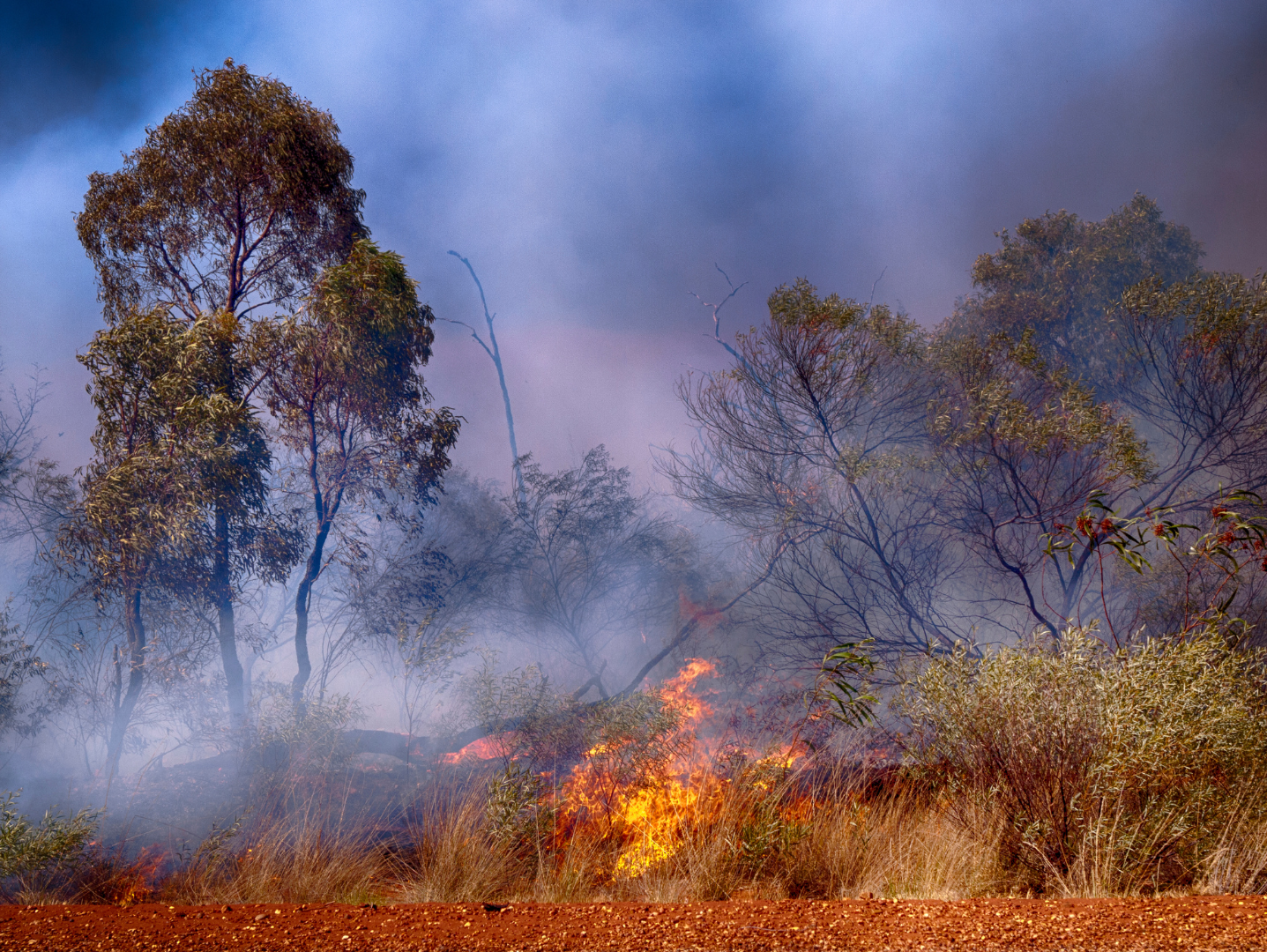
Factsheet
Bushfires and asthma
Bushfires can be a big risk for people with asthma. Smoke and ash can trigger asthma symptoms, such as:
- coughing
- wheezing
- chest tightness
- shortness of breath.
First aid for asthma
If asthma symptoms occur:
- Follow your personal written asthma action plan
- If you don’t have an action plan, take 4 separate puffs of a blue/grey reliever via a spacer
- If the symptoms aren’t going away or are getting worse, then follow the steps in First Aid for Asthma
First Aid for Asthma charts available online
- First Aid for Asthma 12+
- First Aid for Asthma Children Under 12
- First Aid for Asthma Combination Inhalers
Asthma management during the bushfire season
People with asthma living in high-risk bushfire zones should be on high alert for asthma symptoms during bushfire season. Smoke and increased air pollution from fires can trigger symptoms, as can stress and anxiety.

Have an asthma bushfire plan
Anyone with asthma living in a high-risk bushfire zone should include asthma management in their fire safety survival plan:
- Keep your reliever handy at all times
- Make sure you have plenty of asthma medication available
- If you decide to evacuate make sure your reliever and medications go with you
- Communicate your medication requirements to evacuation personnel and volunteers
- Continue to use your asthma preventer as prescribed by your doctor
- Always follow your asthma action plan
Be aware of the risk
If you have asthma or other chronic respiratory conditions, or if you are responsible for a child or older person with asthma, be aware of the risk and the fact that these triggers can linger long after the actual bushfire threat has subsided.
This is also critically important for the many hundreds of volunteers, emergency personnel and media representatives working within the fire zones.
People in areas not directly impacted by the bushfires, including built-up areas, are also at risk as winds can carry smoke and ash particles long distances.
Try to reduce exposure to smoke by staying indoors with the doors and windows closed, doing as little outdoor activity as possible and using recirculated air in the car.
Smoke and air quality
People in areas not directly impacted by bushfires are also at risk as winds can carry smoke and ash long distances.
When smoke affects air quality over a longer period, consider visiting your doctor for an asthma check-up, especially if your symptoms are happening more often or getting worse.
Your doctor can review your asthma management, update your asthma action plan so you know what to do if your asthma flares up, and check you are using your devices correctly to make sure your medication is getting where it is needed.
The National Asthma Council Australia’s how-to video library has technique tips to help you use common inhalers and nasal sprays.
Avoiding the smoke might mean spending more time than usual indoors. Over longer periods, consider your indoor environment and steps you can take to minimise potential triggers.
Download this factsheet


